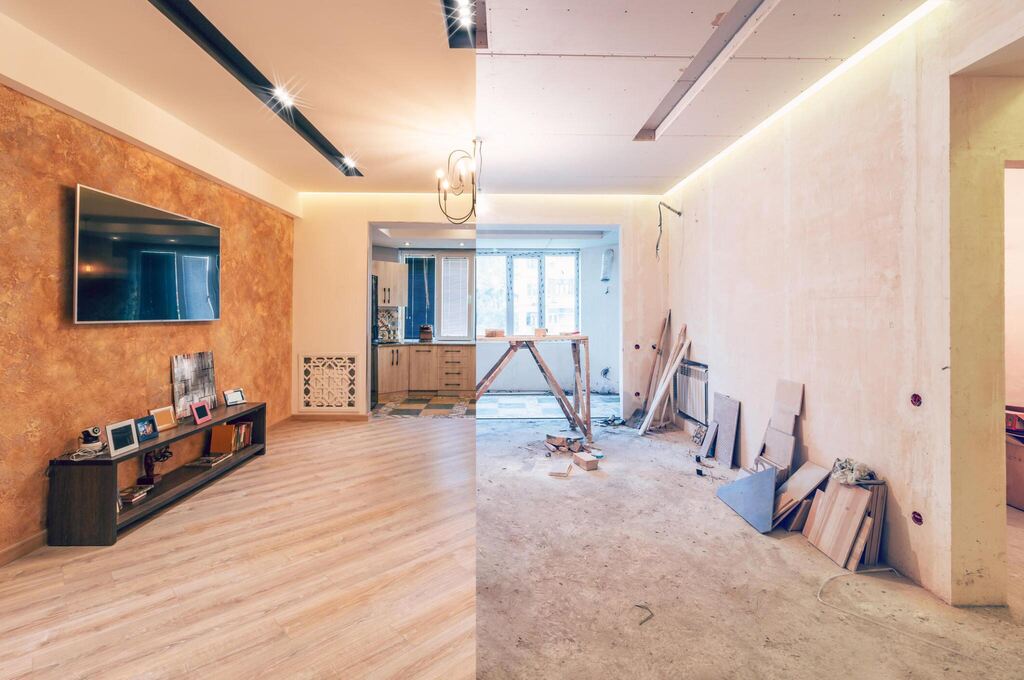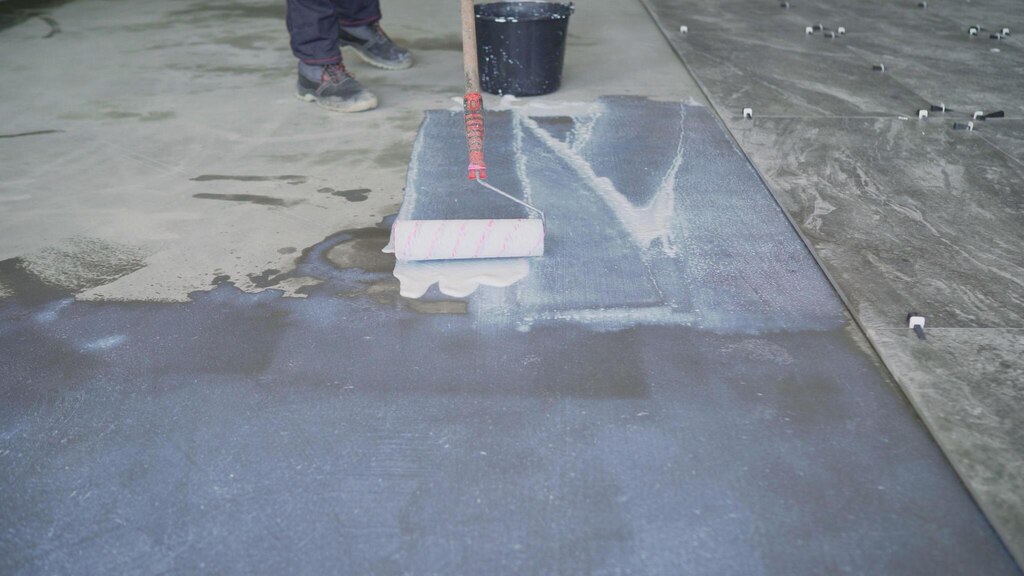
In the realm of home improvement, few things are as fundamental and impactful as maintaining your concrete floors. Whether it’s in your garage, basement, or as the primary flooring throughout your home, concrete floors play a crucial role in the aesthetics, functionality, and overall value of your property.
Proper maintenance not only preserves the integrity and appearance of your concrete floors but also enhances the value of your home. In this comprehensive guide, we’ll delve into the various aspects of concrete floor maintenance, offering practical tips and insights to help you keep your floors in top condition.
Understanding the Importance of Concrete Floor Maintenance
Before delving into the specifics of maintenance, it’s essential to grasp why concrete floor upkeep is crucial for homeowners. Concrete floors are durable and long-lasting, but they are not invincible.
Over time, they can develop cracks, stains, and other signs of wear and tear, detracting from the overall appeal of your home. Neglecting maintenance can lead to more significant problems down the line, such as structural issues and costly repairs.

By proactively maintaining your concrete floors, you can:
- Preserve Aesthetic Appeal: Well-maintained concrete floors enhance the visual appeal of your home, creating a clean, polished look that is both modern and timeless.
- Ensure Durability: Regular maintenance helps prevent minor issues from escalating into major structural problems, prolonging the lifespan of your concrete floors.
- Enhance Property Value: Homes with well-maintained concrete floors command higher resale values and are more attractive to potential buyers.
Now that we understand why concrete floor maintenance is essential let’s explore the practical steps you can take to ensure your floors remain in optimal condition.
Cleaning and Routine Maintenance
Cleaning and routine maintenance are essential tasks to keep your living or working space organized, hygienic, and functional. Regular cleaning is the cornerstone of concrete floor maintenance. Dust, dirt, and other debris can accumulate on the surface, dulling its appearance and potentially causing scratches.
To preserve the appearance and longevity of the surface experts like Urban Stone Restoration will help to maintain concrete floors. Follow these steps to keep your concrete floors clean:
1. Sweeping or Vacuuming
Start by removing loose debris using a broom or vacuum with a soft brush attachment. Pay special attention to corners and edges where dirt tends to accumulate.
2. Mopping
After sweeping or vacuuming, mop the floor with a mild detergent solution and warm water. Avoid harsh cleaners or abrasive scrubbing pads, as they can damage the surface of the concrete.
3. Stain Removal
For stubborn stains such as oil spills or grease marks, use a specialized concrete cleaner or a mixture of baking soda and water. Apply the solution to the stained area, scrub gently with a soft-bristled brush, and rinse thoroughly.
4. Sealing
Sealing your concrete floors helps protect them from stains, moisture, and other damage. Apply a high-quality concrete sealer according to the manufacturer’s instructions, and reapply as needed to maintain the protective barrier.
By incorporating these cleaning and maintenance practices into your routine, you can keep your concrete floors looking their best for years to come.

Repairing Cracks and Damage
Despite your best efforts, concrete floors may develop cracks or other types of damage over time. It’s essential to address these issues promptly to prevent them from worsening. Here’s how to repair common concrete floor problems:
1. Filling Cracks
Use a concrete patching compound to fill in cracks and small holes in the floor surface. Clean the area thoroughly, apply the patching compound with a trowel, and smooth it out to ensure a seamless finish.
2. Repairing Spalling
Spalling occurs when the surface layer of concrete flakes or chips away, exposing the underlying substrate. To repair spalling, remove any loose or damaged concrete, clean the area, and apply a patching compound to fill in the gaps.
3. Resurfacing
If your concrete floors have extensive damage or wear, consider resurfacing them to restore their appearance and functionality. This involves applying a thin layer of overlay or coating to the existing concrete to create a fresh surface.
4. Professional Repairs
For complex or extensive damage, such as structural cracks or uneven settling, it’s best to enlist the services of a professional concrete contractor. They have the expertise and equipment to assess the problem accurately and implement effective repairs.
By addressing cracks and damage promptly, you can prevent further deterioration and maintain the integrity of your concrete floors.
Protecting Your Concrete Floors
In addition to regular cleaning and repairs, there are several proactive measures you can take to protect your concrete floors from damage:

1. Use Area Rugs or Mats
Place rugs or mats in high-traffic areas to prevent scratches, scuffs, and wear patterns on the concrete surface. Choose mats with non-abrasive backing to avoid damaging the floor finish.
2. Avoid Harsh Chemicals
Avoid using harsh chemicals or abrasive cleaning agents on your concrete floors, as they can strip away the sealer and damage the surface. Stick to mild detergents and cleaners specifically formulated for use on concrete.
3. Minimize Moisture Exposure
Excessive moisture can cause concrete floors to become slippery and contribute to mold or mildew growth. Use mats or rugs in areas prone to spills or moisture, and promptly clean up any spills to prevent water damage.
4. Implement Regular Maintenance Schedule
Establish a regular maintenance schedule for your concrete floors, including cleaning, sealing, and inspection for signs of damage. By staying proactive, you can address minor issues before they escalate into more significant problems.
Conclusion
Maintaining your concrete floors is essential for preserving their appearance, functionality, and value. By following the tips outlined in this guide, you can keep your concrete floors in top condition for years to come.
Remember to prioritize regular cleaning, address any damage promptly, and take proactive measures to protect your floors from wear and tear. With proper maintenance, your concrete floors will continue to enhance the beauty and value of your home for generations to come.






